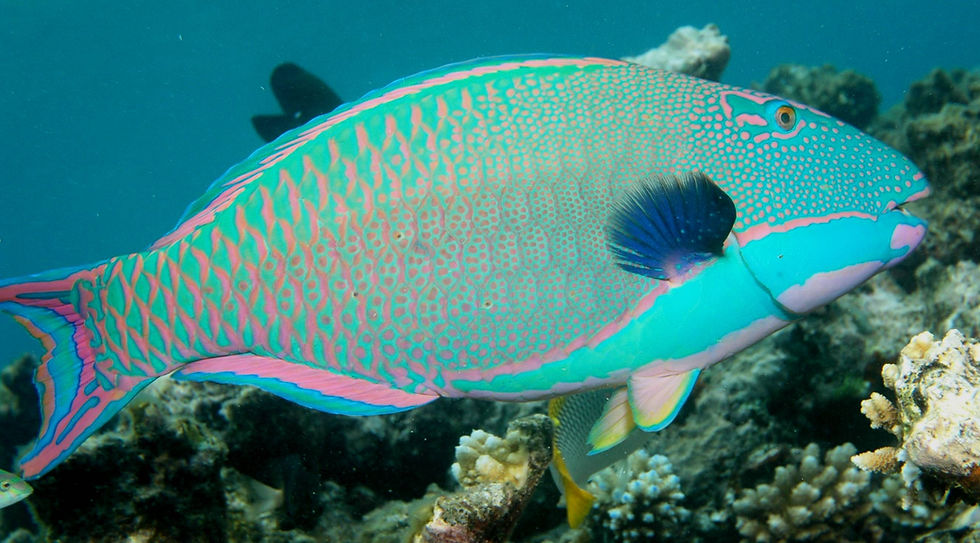UNDER THE WATER
- jsbie2
- Dec 20, 2021
- 3 min read
The recent release of the National Geographic documentary, Becoming Cousteau, has brought back memories:
In the spring of my junior year in high school, my Algebra II teacher gave me a brochure describing the National Science Foundation’s summer programs for high school students. Having enjoyed my sophomore biology class, I applied for the six-week program at Scripps Institute of Oceanography in La Jolla, CA, north of San Diego.
Instead of teaching swimming as I’d done for several summers, I stayed in Bishop’s School dorm in La Jolla with forty students from across the country. My new friends were my roommate, Sarah, from Appleton, WI, Mary from Imperial Beach, CA, and Karyn from Bridger, MT.
All forty of us were bussed each weekday to work in assigned labs at Scripps. Sarah worked with octopus, Karyn learned about deep sea cores (sediment extracted from the ocean floor in long hollow tubes) and Mary studied the diet of benthic worms.

I was assigned to Ed Brinton’s laboratory. He was an expert in euphausiids (or krill), a shrimp-like plankton eaten by baleen whales, including the blue whale, the largest animal on earth. These black-eyed crustaceans’ population and distribution serve as markers for a healthy ocean. Two laboratory rooms were packed with shelves of bottles of them captured with nets on research ships. Annie and Connie patiently taught me how to do the tedious work of looking through a microscope to identify and count some of the 59 species found in the Pacific Ocean.
We teenagers also played! We enjoyed time on the beach near the Institute’s pier and in the pool at the school. After taking SCUBA lessons in the pool, we went to the ocean for our first dive. I could not clear my ears (to equalize pressure) at 10’ below the surface so I could not go deeper. On the weekends we went on trips to Disneyland, Universal Studios, Mt. San Jacinto, San Diego County Fair, and mucking through a lagoon. Several of us were invited to sail on one of Scripps’ boats for a few days with researchers. Most of the teenagers felt seasick!
That fall Mary and I decided to room together at college. We chose to go to UCSD (Revelle College) because we hoped we would “roll down the hill” to Scripps after getting our biology degrees. Due to the fame and influence of Jacques Cousteau, I switched from Spanish, which I had taken for years, to French classes every morning at 8 o’clock to fulfill my language requirement. I spent too much time studying French rather than my other classes. I kept speaking Spanish in class until Spring Quarter.
Imagine our surprise our sophomore year when we found that Scripps would not accept biology students from UCSD because we’d had never seen an animal. Professors at UCSD only taught molecular and cellular biology.
So, like many others we up and moved to UC Santa Barbara. (UC Santa Cruz or UC Berkeley were two other options.) Mary changed her major to psychology during her junior year to pursue elementary education. After not doing well in genetics, I changed to psychology in my senior year, and considered a further degree in counseling.

Though it was disappointing to give up a dream, my time at Scripps (almost fifty years ago) remains one of the most significant experiences in my life. I still enjoy snorkeling with sea turtles and colorful fish when I can. Parrot fish and wrasses are two of my favorites. Living in Michigan for thirty plus years has limited exploring tide pools and watching seals and sea otters along the California coast!

Merry Christmas Wrasse to all!



Comments